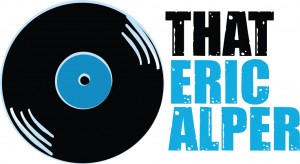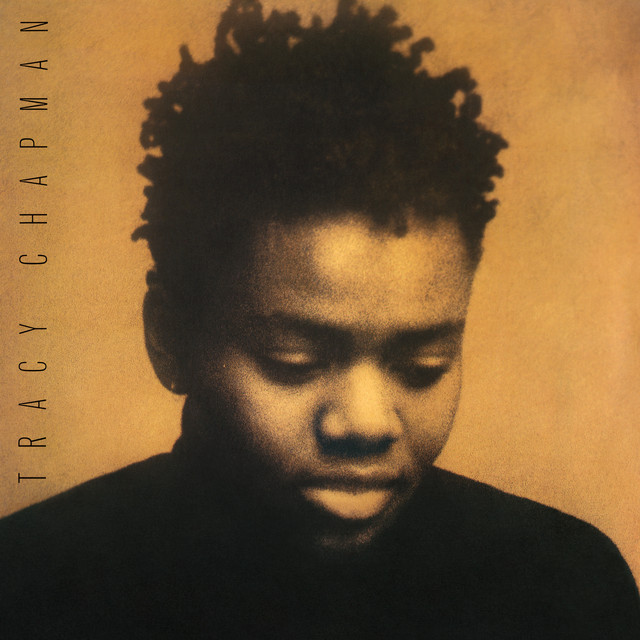In an era dominated by synths, hair spray, and neon, Tracy Chapman showed up with an acoustic guitar and a voice that could level mountains. Released on April 5, 1988, her self-titled debut album was a breath of fresh air and it was a full-blown revolution in four chords. While Tracy Chapman went on to sell over 20 million copies worldwide, there’s still so much most people don’t know about how it all came together. Here are 5 lesser-known stories behind the album that changed everything.
1. “Fast Car” Was a Last-Minute Addition That Almost Didn’t Happen
While nearly every track on Tracy Chapman was pulled from her original Tufts University demos, “Fast Car” was one of the last songs recorded—and it wasn’t even on her original demo tape. Producer David Kershenbaum heard it late in the recording process and instantly knew it was special. Without that moment of serendipity, one of the most iconic songs of the 1980s might never have existed. It’s a reminder that the biggest hits sometimes come from the quietest corners of a notebook.
2. Her Record Label Didn’t Believe in Her Sound at First
In the neon-hued world of 1987, acoustic protest songs weren’t exactly topping the charts. Tracy’s demos were turned down by several producers who wanted synthpop and big drum machines. Even when Elektra Records stepped in, their first producer choice didn’t work out—and tragically died in a car accident. Chapman briefly endured a “bombastic” session with an inexperienced replacement before finding Kershenbaum, who finally understood her vision. The rest is minimalist, socially conscious history.
3. Her Breakout Performance Was an Accident—Literally
At the Nelson Mandela 70th Birthday Tribute concert in June 1988, Chapman was only supposed to perform a few songs. But when Stevie Wonder’s equipment malfunctioned and he had to leave the stage, the producers asked Chapman to go back on. With nothing but her guitar, she performed “Fast Car” and “Across the Lines”—and stunned millions. The album shot to No. 1 on the Billboard chart just weeks later. It was one of the most serendipitous second chances in music history.
4. “Talkin’ ’bout a Revolution” Was Already a Campus Classic
Before she was a global icon, Tracy Chapman was already a legend at Tufts University, where she recorded early versions of “Talkin’ ’bout a Revolution” at the college radio station WMFO. The song had been part of her repertoire for years, and the demo ended up in the hands of fellow student Brian Koppelman. He smuggled it out of the station and passed it to his father, who had industry connections. That bootleg tape? It started the whole chain reaction that led to a record deal.
5. The Album Was Recorded in Just 8 Weeks With Minimalist Perfection
Kershenbaum and Chapman deliberately kept the arrangements simple, focusing on her voice and lyrics rather than flashy production. The idea was to make music that was timeless and emotionally direct—and it worked. At a time when pop was big and brash, Tracy Chapman stood out by being the opposite: quiet, sincere, and deeply moving. Every string pluck and vocal nuance was deliberate. It was made for the right reasons—and it hit hard with millions.
Tracy Chapman wasn’t supposed to be a blockbuster. But her clarity of vision, undeniable talent, and a little bit of luck made it one of the most important albums of the 1980s—and of all time. It launched a voice that still reverberates across generations. Sometimes, the revolution starts with a whisper.







